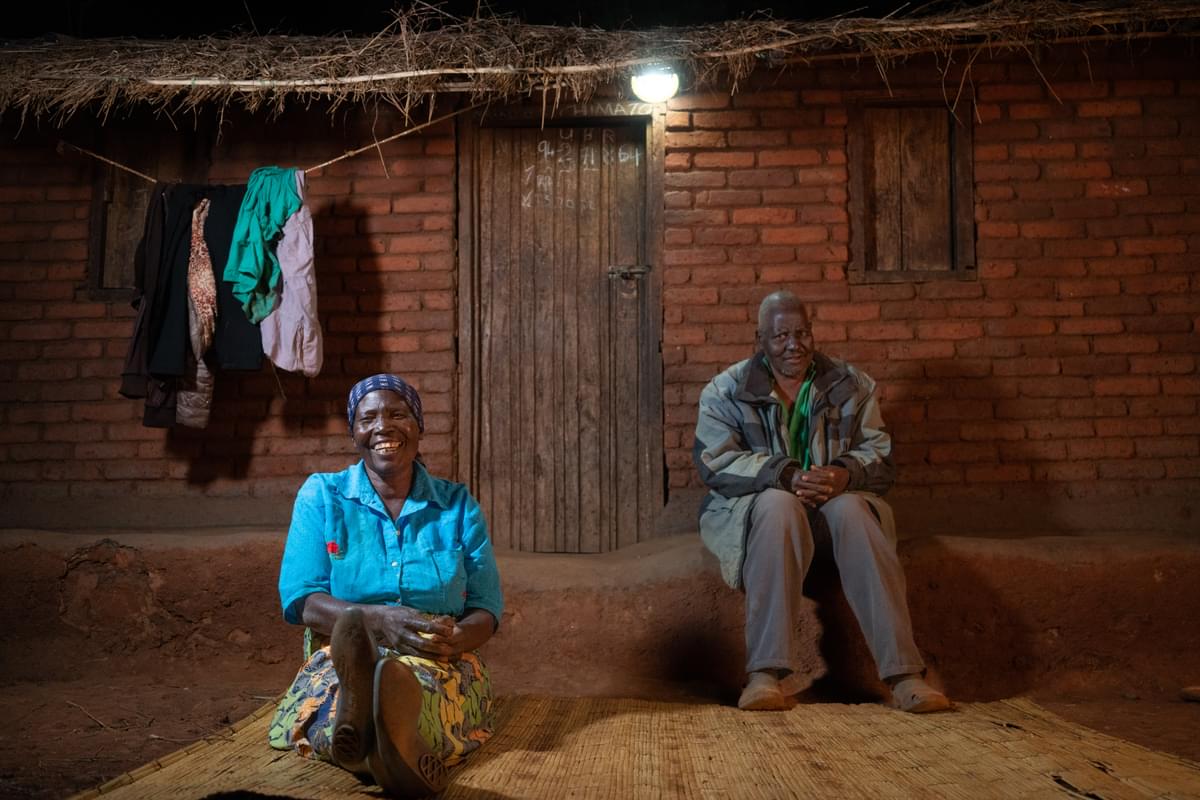
It is widely recognised that the world is not on track to achieve universal access to electricity by 2030. The current levels of investment and connection rates fall far below what is needed, with the problem particularly acute across rural sub-Saharan Africa. Electricity grids are not expanding quickly enough and the International Energy Agency estimates that 100 million people must be connected each year to achieve Sustainable Development Goal 7.
Decentralised solutions such as mini-grids and stand-alone solar systems have a key role to play in fast-tracking access to electricity, but despite years of investment, today’s reality is that there are virtually no examples of achieving universal electrification anywhere across rural sub-Saharan Africa. The poorest, hardest-to-reach populations are being left behind.
Many last-mile distributors of solar lights and systems struggle to make a profit selling to low-income customers with limited finances, living in expensive-to-reach places. Meanwhile, many low-income households struggle to afford what the market currently has to offer, or cannot afford to take the risk of purchasing products on a pay-as-you-go (PAYG) basis when there is a risk of systems being repossessed if they fall behind making payments.
Recognising the need for game-changing action to change this reality, SolarAid, together with its partners and funding from key supporters such as the Turner Kirk Trust and renewable energy company Statkraft, has been engaging with rural communities to design and test innovative models that prioritise enabling a high percentage of low-income households to access electricity.
Energy-as-a-service
In Malawi, this led to the development of a new, pioneering energy-as-a-service model. The project, Light a Village, which was launched as a pilot in the Traditional Authority of Kasakula, is a rural utility extension model utilising smart solar home systems to enable customers to pay to access electricity, as opposed to requiring customers to purchase solar system hardware.
The Light a Village project was launched in 2021 with a simple, yet ambitious goal; to enable 100% of households within the pilot area, which is characterised by a population living in extreme poverty, to have access to electricity.

US Tariffs are shifting - will you react or anticipate?
Don’t let policy changes catch you off guard. Stay proactive with real-time data and expert analysis.
By GlobalDataResults to date have been impressive. With more than 2,500 solar systems now installed, the project is recording access rates of up to 99% of rural households in focused geographies within the pilot area and high payment and usage rates, exceeding 88%. These figures, which are being recorded in an area where 97% of households live in extreme poverty, where the vast majority of households had been relying on a combination of candles, battery-powered torches and burning grass for basic lighting, are unprecedented. They point to the potential of similar interventions in helping fast-track progress towards achieving universal access to energy.
Keep up with Energy Monitor: Subscribe to our weekly newsletterThe reason for the high adoption rates is that customers are not being asked to make a major investment decision to access basic levels of power. Customers simply pay the utility provider for the electricity they use at prices similar to that of daily expenditure on candles.
This is exactly how most people with access to the electricity grid receive and pay for electricity. This approach differs significantly from how the off-grid solar market has been tackling energy access issues across rural Africa for the past decade, whereby, in order to access basic levels of electricity, customers have had to purchase solar lights and systems. Many of the poorest households have simply not been able to afford the upfront costs, even through PAYG instalments, which enable customers to purchase systems over extended periods.
Potential for rapid scale-up, green jobs and reduction in electronic waste
Installing solar home systems in rural households for free and then charging customers to access the power means that it is possible to achieve rapid change across whole communities. This project demonstrated that it is possible to install 1,000 solar home systems every ten days. Locally recruited and trained community service representatives handle payments and customer service, all of which are managed using cloud-based platforms that monitor system performance, payments and use.
While the Light a Village project was initially designed for households, once community members saw the impact, local educational leaders requested that the project be expanded to include schools and teacher housing. All ten schools within the Traditional Authority of Kasakula are now benefitting from access.
An additional benefit of providing access to solar energy via a rural utility extension model instead of a retail model is that the repair, maintenance and recycling of end-of-life systems can all be centrally managed, extending product lifespans and helping address the growing issue of e-waste.
Racing against the clock
The Light a Village project is showing that it is possible to transform whole communities within a short time frame, with plans to expand across the whole area in the coming year to stress test the model. Recognising the importance of electricity in powering local economies, the project is also planning to introduce productive use irrigation pilots to help improve local agricultural production.
SolarAid is actively sharing the lessons from this ongoing project and encouraging leading stakeholders, from governments to commercial actors and development experts, to collaborate with us to interrogate the potential to scale the approach across Malawi and beyond.
It is a game-changing model, which gives me hope that it is possible to achieve the nearly impossible and enable some of the poorest, hardest-to-reach communities to gain access to electricity by 2030.



